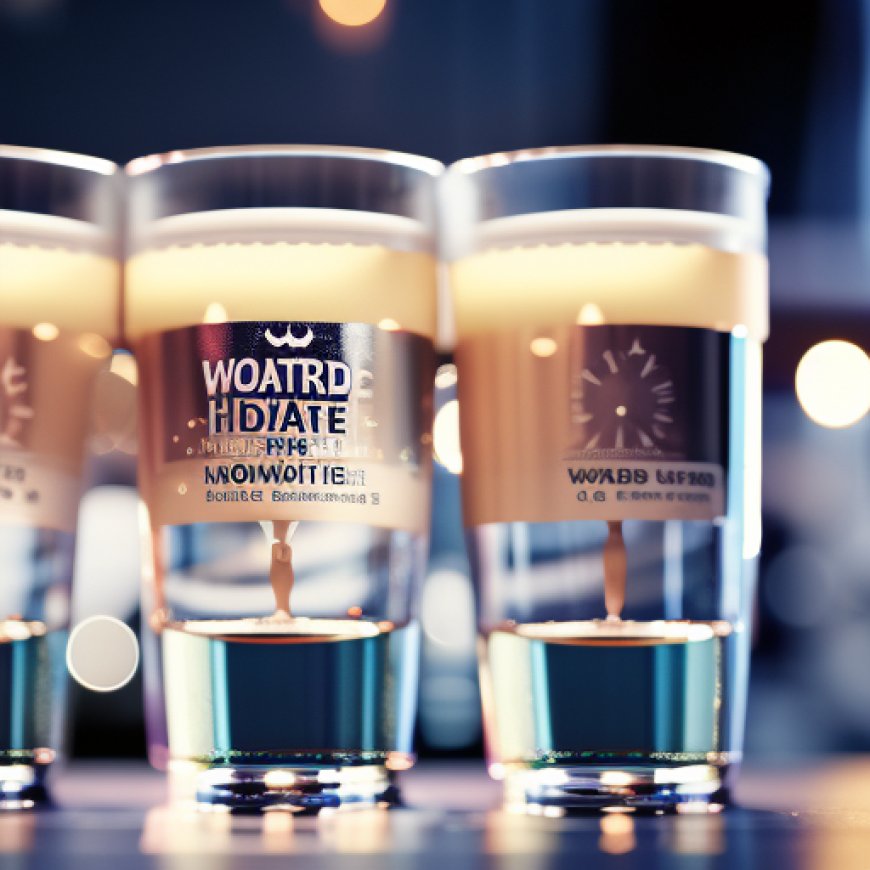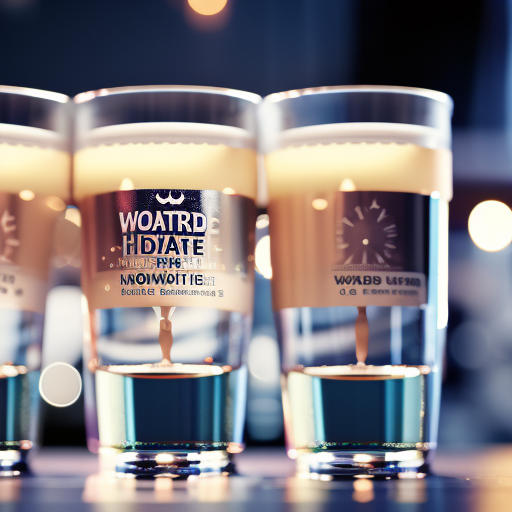World Water Day 3/22: Wait2Hydrate in Solidarity with Communities
Americans Wait2Hydrate in Solidarity with Communities that Lack Access to Clean Water MissionsBox


Report on World Water Day and the Wait2Hydrate Challenge
Introduction
On World Water Day, humanitarian organization Unto launched the Wait2Hydrate challenge to raise awareness about the importance of safe drinking water and the lack of access faced by vulnerable communities. This report highlights the significance of the Sustainable Development Goals (SDGs) in addressing the global water crisis.
The Wait2Hydrate Challenge
Unto’s Wait2Hydrate challenge encouraged compassionate Americans to wait two hours after waking up before taking their first drink, symbolizing the daily struggle faced by many women and children in water-scarce areas. This challenge aimed to bring attention to the issue and generate support for communities lacking access to clean water.
Raising Funds for Water-Scarce Communities
In addition to the challenge, Unto organized a fundraising campaign on World Water Day to support water-scarce communities. The funds raised will be used to drill deep water wells, repair broken ones, and provide water filters. Donors can contribute by texting “Wait2Hydrate” to 71326.
The Global Water Crisis
Unto’s president and CEO, Al Goff, highlighted that nearly 2 billion people worldwide do not have regular access to safe drinking water. By participating in the Wait2Hydrate challenge, individuals experienced firsthand the daily struggle faced by these communities. The lack of access to clean water is a pressing issue that affects millions around the globe.
Sustainable Development Goals (SDGs)
The global water crisis aligns with several SDGs, including:
- SDG 6: Clean Water and Sanitation
- SDG 1: No Poverty
- SDG 2: Zero Hunger
- SDG 3: Good Health and Well-being
- SDG 5: Gender Equality
About Unto
Unto, a humanitarian ministry of Cru, has been providing relief and hope to individuals in need for nearly 30 years. Through strategic global partnerships and the dedication of volunteers, Unto offers vital assistance in more than 75 countries. To learn more about their work, visit unto.com/humanitarian.
Contact Information
To get in touch with Unto or for media inquiries, please contact Alli Ehrhardt at 541-973-1994.
Conclusion
The Wait2Hydrate challenge and World Water Day serve as reminders of the urgent need to address the global water crisis. By supporting initiatives like Unto’s fundraising efforts, individuals can contribute to achieving the SDGs and ensuring access to clean water for all.
Read more news on Humanitarian Services and Clean Water on Missions Box.
SDGs, Targets, and Indicators
1. Which SDGs are addressed or connected to the issues highlighted in the article?
- SDG 6: Clean Water and Sanitation
2. What specific targets under those SDGs can be identified based on the article’s content?
- Target 6.1: By 2030, achieve universal and equitable access to safe and affordable drinking water for all.
- Target 6.2: By 2030, achieve access to adequate and equitable sanitation and hygiene for all and end open defecation, paying special attention to the needs of women and girls and those in vulnerable situations.
3. Are there any indicators mentioned or implied in the article that can be used to measure progress towards the identified targets?
- Indicator 6.1.1: Proportion of population using safely managed drinking water services.
- Indicator 6.2.1: Proportion of population using safely managed sanitation services, including a handwashing facility with soap and water.
Table: SDGs, Targets, and Indicators
| SDGs | Targets | Indicators |
|---|---|---|
| SDG 6: Clean Water and Sanitation | Target 6.1: By 2030, achieve universal and equitable access to safe and affordable drinking water for all. | Indicator 6.1.1: Proportion of population using safely managed drinking water services. |
| SDG 6: Clean Water and Sanitation | Target 6.2: By 2030, achieve access to adequate and equitable sanitation and hygiene for all and end open defecation, paying special attention to the needs of women and girls and those in vulnerable situations. | Indicator 6.2.1: Proportion of population using safely managed sanitation services, including a handwashing facility with soap and water. |
The article addresses the issue of the lack of access to clean drinking water faced by vulnerable communities. This is connected to SDG 6: Clean Water and Sanitation, which aims to ensure access to clean water and sanitation for all. The specific targets identified in the article are Target 6.1, which focuses on achieving universal access to safe and affordable drinking water, and Target 6.2, which aims to achieve access to adequate sanitation and hygiene. The article mentions the need for safe drinking water and the lack of access faced by billions of people worldwide. The indicators mentioned in the article that can be used to measure progress towards these targets are Indicator 6.1.1, which measures the proportion of the population using safely managed drinking water services, and Indicator 6.2.1, which measures the proportion of the population using safely managed sanitation services with a handwashing facility.
Behold! This splendid article springs forth from the wellspring of knowledge, shaped by a wondrous proprietary AI technology that delved into a vast ocean of data, illuminating the path towards the Sustainable Development Goals. Remember that all rights are reserved by SDG Investors LLC, empowering us to champion progress together.
Source: missionsbox.org

Join us, as fellow seekers of change, on a transformative journey at https://sdgtalks.ai/welcome, where you can become a member and actively contribute to shaping a brighter future.







